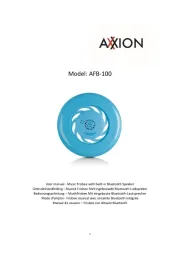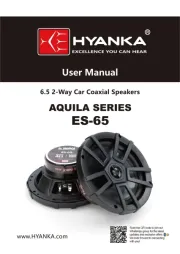Martin Logan Renaissance ESL 15A Manual
Læs gratis den danske manual til Martin Logan Renaissance ESL 15A (96 sider) i kategorien Højttaler. Denne vejledning er vurderet som hjælpsom af 19 personer og har en gennemsnitlig bedømmelse på 4.6 stjerner ud af 10 anmeldelser.
Har du et spørgsmål om Martin Logan Renaissance ESL 15A, eller vil du spørge andre brugere om produktet?

Produkt Specifikationer
| Mærke: | Martin Logan |
| Kategori: | Højttaler |
| Model: | Renaissance ESL 15A |
Har du brug for hjælp?
Hvis du har brug for hjælp til Martin Logan Renaissance ESL 15A stil et spørgsmål nedenfor, og andre brugere vil svare dig
Højttaler Martin Logan Manualer










Højttaler Manualer
- Advance Acoustic
- Ground Zero
- Panasonic
- Epcom
- Loewe
- Soundsation
- Bem
- Revox
- Gefen
- Moki
- Visaton
- Dynaudio
- Cleer
- Rocketfish
- Fanvil
Nyeste Højttaler Manualer









